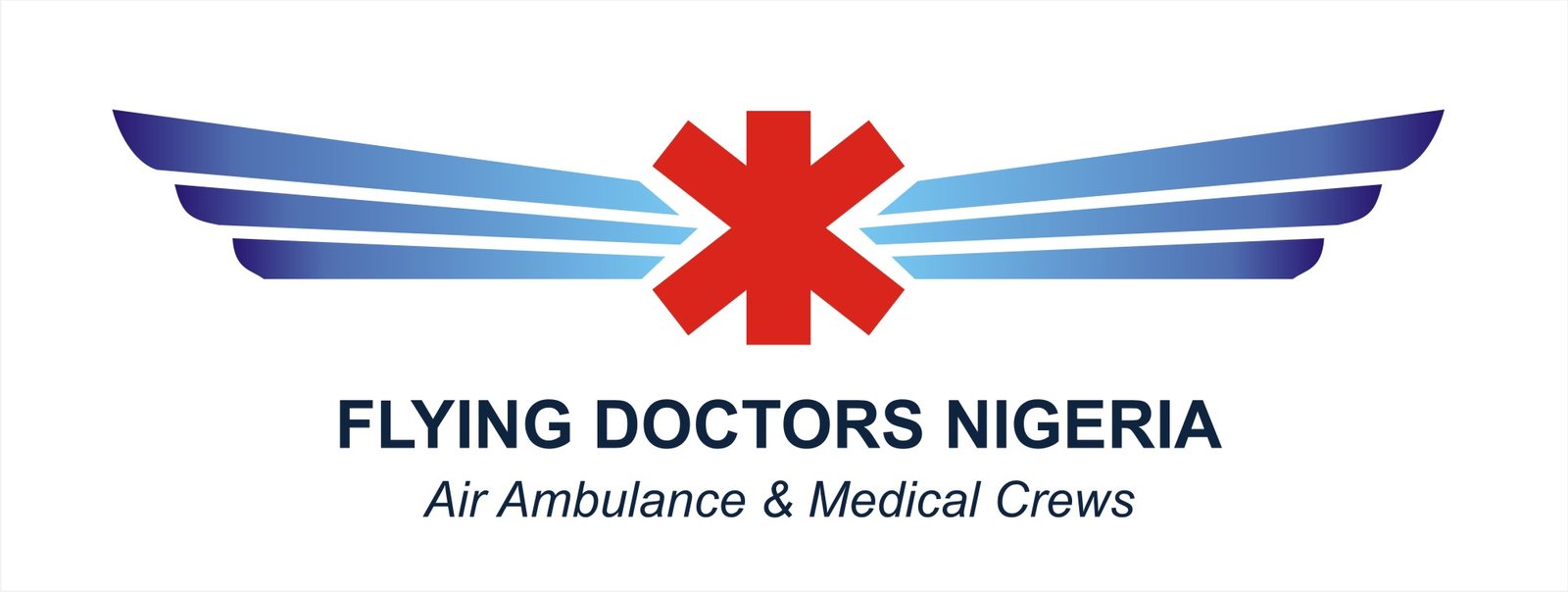
Injuries that occur during sports or exercise are referred to as Sports Injuries and they affect the musculoskeletal system. The most common sports injuries are strains and sprains.
While sprains are injuries to ligaments (the tough bands connecting bones in a joint), strains are injuries to muscle fibres or tendons which anchor muscles to bones.
Seven Most Common Sports Injuries
The seven most common sports injuries are listed below. This article will let you know much about the most common of the seven sports injuries; ankle sprain.
- Ankle sprain
- Groin pull
- Hamstring strain
- Shin splints
- Knee injury
- Knee injury
- Tennis elbow
Just one week before the world cup finals, the brazil midfielder Fred suffered an ankle injury and this was a trying time for the team.
-The Guardian
Ankle sprain occurs when your ankle is forced to move out of its normal position, which can cause one or more of the ankle’s ligaments to stretch, partially or completely tear. Ligaments are tough band of tissues that hold the bones at a joint together, helping to stabilize them and preventing excessive movement. Most ankle sprain involves injuries to the ligaments on the outer side of the ankle.
Causes of Ankle Sprain
Some causes of an ankle sprain include:
- A fall that causes your ankle to twist
- Landing awkwardly on your foot after jumping or pivoting
- Walking or exercising on an uneven surface
- Another person stepping or landing on your foot during a sports activity
Risk Factors Associated with Ankle Sprain
Factors that increase your risk of a sprained ankle include:
- Participation in sports like jumping, basketball, tennis and football
- Uneven surfaces
- Prior ankle injury
- Poor physical condition and lack of proper warm up exercise before participating in sports activity
- Shoes like high-heeled shoes
Symptoms
Signs and symptoms of ankle sprain may include:
- Pain, especially when you bear weight on the affected foot
- Tenderness when you touch the ankle
- Swelling
- Bruising
- Restricted range of motion
- Instability in the ankle
- Popping sensation or sound at the time of injury
Complications
Failing to treat a sprained ankle properly, engaging in activities too soon after spraining your ankle or spraining your ankle repeatedly might lead to the following complications:
- Chronic ankle pain
- Chronic ankle joint instability
- Arthritis in the ankle joint
Prevention
Tips to help prevent a sprained ankle or a recurring sprain:
- Warm up before you exercise or play sports.
- Be careful when walking, running or working on an uneven surface.
- Use an ankle support brace or tape on a weak or previously injured ankle.
- Wear shoes that fit well and are made for your activity.
- Minimize wearing high-heeled shoes.
- Don’t play sports or participate in activities for which you are not conditioned.
- Maintain good muscle strength and flexibility.
- Practice stability training, including balance exercises
Diagnosis
Your doctor will make diagnosis of an ankle sprain after a clinical examination of the ankle joint. If the injury is severe, imaging scans may be recommended to rule out a fracture or to evaluate in more detail the extent of ligament damage. Imaging modes that may be used include: X-rays, MRI, CT scan and Ultrasound Scans.
Treatment of Musculoskeletal Injuries
Treatment of musculoskeletal injuries depends on the severity of the injury. Medical evaluation may become necessary to reveal how bad your ankle is sprained and to determine the appropriate treatment.
The aim of treatment in ankle sprain injury is to reduce pain and swelling, promote healing of the ligament, and restore joint function. If injuries are severe, you may be referred to a specialist in musculoskeletal injuries, such as an orthopaedic surgeon. You may also benefit from physiotherapy sessions.
The principles of management include:
- Pain – Pain relief using analgesics such as paracetamol or other NSAIDs
- Rest – Avoid activities that cause pain, swelling or discomfort. Your doctor may recommend use of some devices like crutches, sports tape or an ankle support braces to stabilize and protect the joint to enhance healing. In severe sprain, a cast or walking boot may be necessary.
- Ice – Intermittent use of ice packs for 15 to 20 minutes at a time; repeat every two to three hours while you’re awake.
- Compression – Apply elastic bandage to reduce swelling. Don’t hinder circulation by wrapping too tightly. Begin wrapping at the end farthest from your heart.
- Elevation – Elevate the joint above the level of heart, especially while sleeping. This will help to reduce swelling.
As swelling and pain lessens, your doctor can ask you to gradually resume exercises to restore your ankle’s range of motion, strength, flexibility and stability. Your doctor or a physical therapist will explain the appropriate method and progression of exercises.
In rare cases, surgery may be needed when the injury doesn’t heal or the ankle remains unstable after a long period of physical therapy and rehabilitative exercise. Surgery may be performed to repair a ligament that won’t heal or to reconstruct a ligament with tissue from a nearby ligament or tendon.
Things to avoid while recovering from an ankle sprain injury include:
- Heat
- Alcohol
- Running
- Massage
Source: MayoClinic, World Health Organisation, WebMD and The Guardian
About Us
The Flying Doctors Nigeria is a member of the British Safety Council that specializes in providing medical solutions such as air ambulance and medical evacuation, ground ambulance procurement and leasing, remote medical services such a medical staffing, online company clinic set-up, site clinic management, occupational health, medical evacuation insurance and other health consultancy services for the oil & gas industry as well as other corporate, military and non-governmental organizations.
For information about how we can support your organization please:
Visit our website: www.flyingdoctorsnigeria.com or email us at: sales@flyingdoctorsnigeria.com, management@flyingdoctorsnigeria.com, doctors@flyingdoctorsnigeria.com
Call us on: 0700 FLYINGDRS/ 0700 3594 64377

